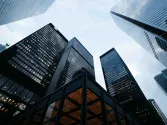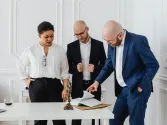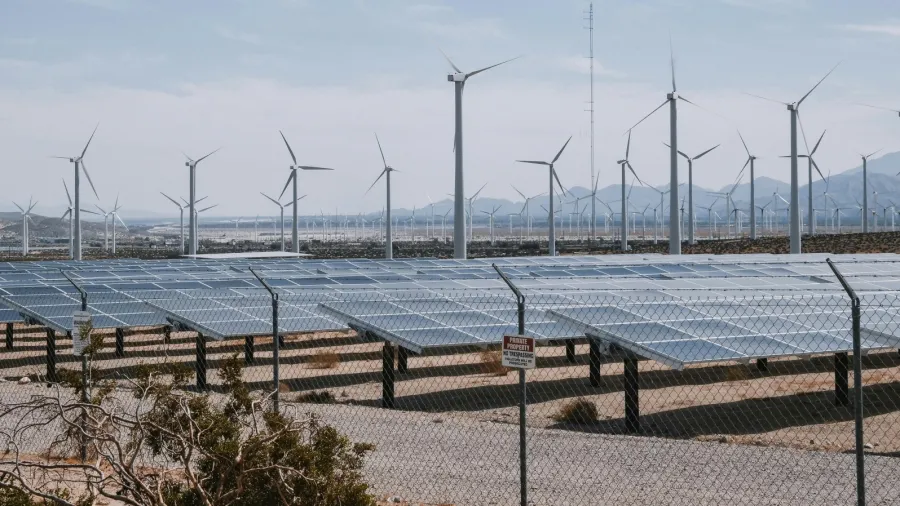
Is India deploying enough RE to meet its 2031-2032 power demand?
The country needs at least 35GW to reach its 500-GW target in six years.
INDIA is projecting its peak power demand to breach 400 gigawatts (GW) by 2031-2032, which is higher than the initial forecast of 384 GW. To address this, the Ministry of Power eyes a total installed capacity of 900 GW by the said period, which will be supported by a target of 500 GW of installed renewable energy by 2030.
Some experts believe that the government can push efforts further, especially in terms of implementing clean energy projects, to attain its goals.
“We will likely add 25 gigawatts this year, which will be the highest capacity installed in any given year,” Vibhuti Garg, director for South Asia at the Institute for Energy Economics and Financial Analysis (IEEFA), told Asian Power in a recent interview.
“But what we need for this 2030 target is about 45-gigawatt renewable energy capacity to be added every year. So, they definitely need to accelerate the pace,” she added.
Garg emphasised how the next two to three years will be very crucial for India. “Whilst 25 gigawatts is not a small feat in itself, but given the increasing electricity demand and the kind of capacity additions that are required, we really need to up the game and reach about 45 gigawatts,” she said.
Neshwin Rodrigues, India electricity policy analyst at Ember, said in another interview that solar energy will contribute a big portion to the increase in renewable generation. For this to happen, the country needs to ramp up its annual addition of the said energy source.
“Current projections suggest that India would install about 25 gigawatts in the financial year 2024-2025. We need to increase that from 25 to somewhere between 35–40 annually to meet the target of 500 gigawatts of renewables. So, India needs to reach an annual addition of at least 35 gigawatts annually of solar,” explained Rodrigues.
Uttaramani Pati, an analyst on renewables and power at Rystad Energy, agreed that solar will play a major role in India’s clean energy expansion. However, she warned that the Approved List of Model Manufacturers (ALMM) could cause hurdles.
“With the Approved List of Model Manufacturers (ALMM) mandate in place, the installation rate will not increase unless solar module manufacturing capacity grows rapidly,” she said.
Demand drivers
The Ministry of Power has said that India’s installed power capacity has increased to 446,190 megawatts (MW) in June 2024 from 248,554 MW in March 2014. The country’s installed capacity of coal based power has also increased to 210,969 MW from 139,663 MW in the same time period, whilst installed capacity of renewable energy increased to 195,013 MW from 75,519 MW in the same period.
India’s Power Secretary Pankaj Agarwal has said that there has been an increased power demand in some states over the past two years. A peak demand of 250 GW has been recorded in May, which may easily reach 400 GW by 2031-2032, he added.
Rising economic activity and urbanisation are some of the factors driving this increasing power demand, the experts said. Latest data from the International Monetary Fund showed that India is the fifth largest economy globally, with a gross domestic product (GDP) of $3.942t as of July 2024.
“Industrial expansion in particular, we are seeing growth in sectors like manufacturing, IT and a lot of data centres being built up. And all of these are very energy intensive, so kind of further boost electricity demand,” Garg added.
Improve policies, supporting facilities
India’s continued economic growth will continue to fuel energy demand, necessitating increased power capacity. To address the accompanying challenges, effective policy will be crucial.
Garg said India needs policy continuity and policy certainty.
“There has been a lot of back and forth when we have come up with good, conducive policies, but then after a few years, we have withdrawn that,” she told Asian Power. “I think that it becomes a must, that at least the policies are rolled out and they're rolled out for at least five years.”
Doing so gives a lot of certainty to developers as well as investors, she added.
When it comes to financing, Rodrigues said India should tap more international sources, such as the $240.5-m loan from the Asian Development Bank, to increase its annual additions.
The loan will be used to boost the rooftop solar systems in India.
Speaking of rooftop solar, Garg said the country should further utilise opportunities in decentralised renewable energy aside from utility-scale projects.
Achieving its targets also requires India to have open access market-friendly policies, as relying on developers selling power to debt-ridden distribution companies is inadequate, Pati said.
“Increased profitability for renewable projects is essential in motivating the developers to accelerate installation rate,” she added.
Increasing renewable energy capacity also requires India to improve its battery energy storage systems, otherwise, the renewable capacity won't effectively support India's net-zero goals, Pati said.
She also raised the issue of the capability of India’s transmission lines amidst the renewable energy transition.
“Whilst the government is funding the development of transmission lines for renewable energy evacuation, primarily in western India, the rate of progress on these projects will greatly affect the growth of renewable energy capacity,” she said.
Self-reliance
Generally, India has been effectively building more energy capacity through its existing policies, the experts said.
One of these is the mandatory renewable purchase obligations for distribution companies and promoting competitive bidding through auctions, Garg said. Additionally, allowing direct renewable energy purchases by commercial and industrial consumers has contributed to growth, she added.
Pati also pointed out production-linked incentives (PLI) for solar module and battery manufacturing, and viability gap funding for offshore wind farms.
“Production-linked incentives are crucial, as they help safeguard India against potential disruptions in the global supply chain, which could otherwise pose a significant threat to the installation rate of renewable energy projects. Additionally, the PLI scheme has contributed to the country's economy by creating more employment opportunities and boosting India's GDP,” she explained.
Prime Minister Narendra Modi has made a bold statement that India will become self-reliant in the energy sector by 2047.
Asked about this, Rodrigues said this is a relatively long-term goal.
“I think they do have policies in place. It all depends on how these policies play out in reality. That will define how successful India is,” he noted.
For Pati, India has achieved “near self-reliance,” with shortages dropping to 0.3% in fiscal year 2023-2024 and energy imports decreasing by 30% year-over-year. However, there are still some issues that have to be addressed, such as battery energy storage system capacity and dependence on fossil fuels, to ensure the country is able to achieve its targets.
Garg, meanwhile, pointed out that there will still be dependence when it comes to the value chain since India may not be able to produce everything it needs for energy capacity expansion.
“India is trying to secure and be self-reliant, but I don't think it is possible for any country to have all the mineral resources which are required for energy transition. So, there’ll be some dependence at some point of time,” she said.



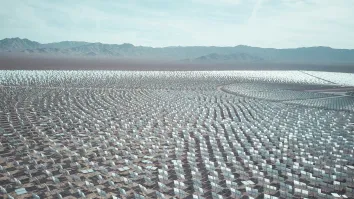
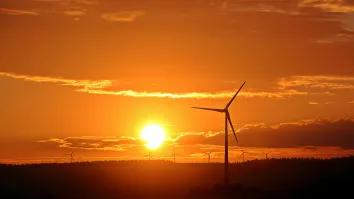














 Advertise
Advertise




